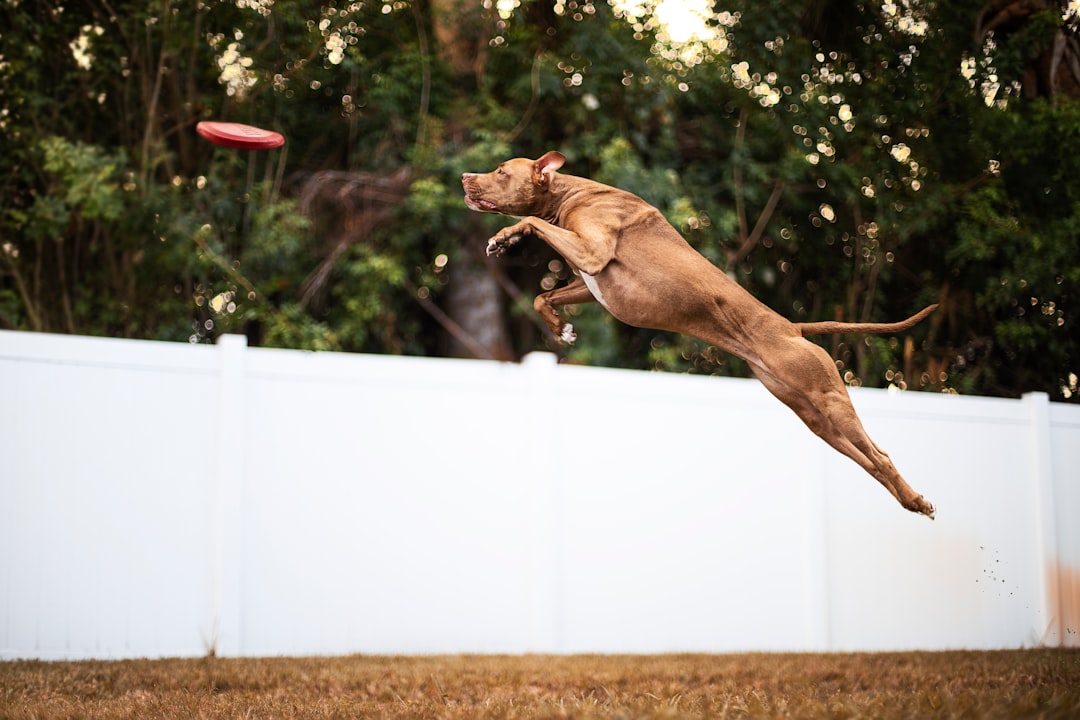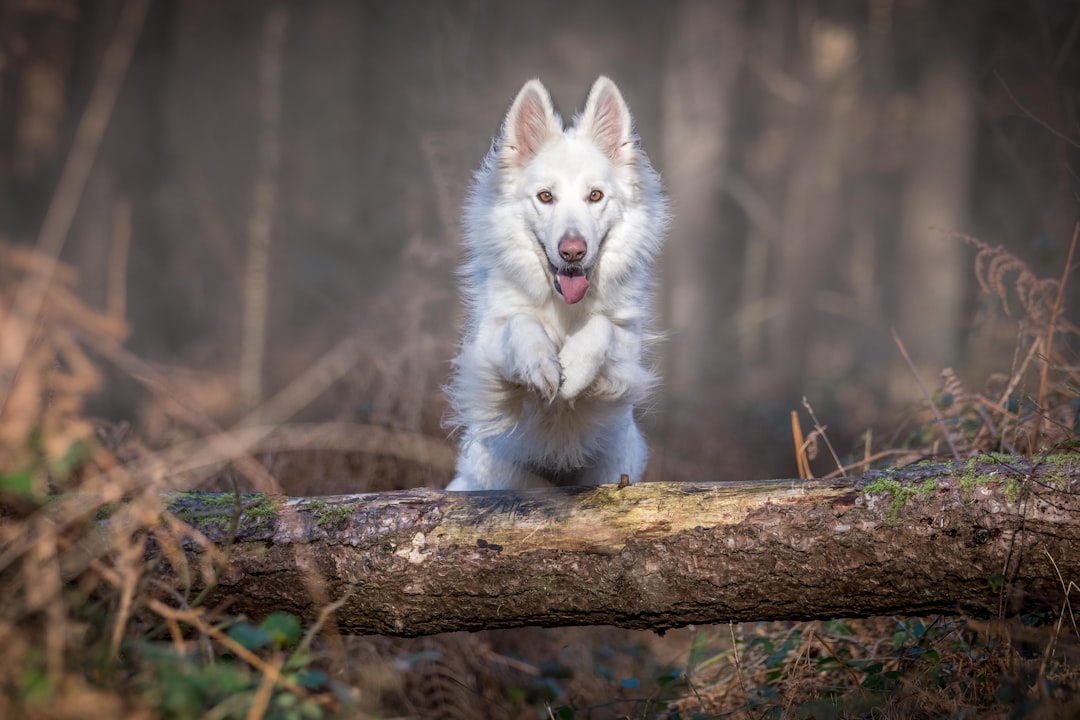Preventing Dog Jumping: Effective Techniques and Training Methods
Prevent Dog Jumping: Learn techniques like the Four on the Floor rule and positive reinforcement training methods to stop your dog from jumping and ensure a safe and pleasant interaction.
Understanding Dog Jumping Behavior
Dogs often jump on people as a way to seek attention, show excitement, or out of habit [3]. For example, a dog may jump on a visitor as a way of expressing their enthusiasm and eagerness to interact. This behavior is often reinforced when the visitor responds positively, such as by petting or talking to the dog. Additionally, humans are often to blame for encouraging this behavior by inadvertently reinforcing it through attention or rewards. For instance, when a dog jumps up to greet its owner after a long day at work, the owner’s natural response may involve petting and praising the dog, unknowingly reinforcing the jumping behavior.
While it may seem harmless, allowing a dog to jump can be dangerous and lead to injuries, especially for children, the elderly, or individuals with mobility issues. For example, a large or enthusiastic dog can inadvertently knock over a small child or cause discomfort to an elderly person when jumping. Therefore, it is crucial for dog owners to understand the reasons behind this behavior and take necessary steps to address it. By recognizing the underlying motivations for jumping and its potential consequences, dog owners can take proactive measures to prevent this behavior and ensure a safer and more enjoyable interaction with their pets.
## Techniques to prevent dog jumping One effective technique to prevent dog jumping is the “Four on the Floor” rule, which involves ignoring the dog until it calms down and keeps all four paws on the ground. Additionally, training the dog to sit for greetings and reinforcing this behavior with treats and praise can help replace the jumping habit with a more appropriate greeting behavior. Employing management techniques, such as using a crate, confining the dog, or using a leash to restrain them, can also be effective in preventing jumping. For example, when a dog jumps, the owner can turn away and cross their arms, only resuming attention when the dog’s paws are on the ground. Over time, the dog learns that jumping does not result in attention or rewards, thereby discouraging the behavior.
Positive Reinforcement Training Methods
Positive reinforcement training methods are a valuable tool in addressing dog jumping behavior. By using treats and rewards during training, dog owners can reinforce the desired behavior and discourage jumping. For example, when a dog greets a visitor with all four paws on the floor, it should be praised and rewarded with a treat. This positive association encourages the dog to repeat the behavior. Additionally, when the dog is trained to sit for greetings, it should be rewarded with treats and attention, reinforcing the idea that sitting is the preferred behavior.
Consistency and patience are crucial elements in using positive reinforcement methods effectively. It’s important for dog owners to consistently reward the desired behavior and ignore or redirect unwanted jumping. This requires dedication and persistence, but over time, the dog will learn that appropriate greetings are the only way to receive attention and rewards. By understanding the principles of positive reinforcement and applying them consistently, dog owners can effectively prevent dog jumping and create more harmonious interactions with their pets.
## Training Family and Strangers It is crucial to instruct family members on the training procedures and the necessity of consistency in reinforcing the desired behavior. Additionally, training strangers to ask the dog to sit before petting can help prevent jumping during greetings. This ensures that everyone the dog interacts with follows the same rules, reinforcing the training consistently. For instance, family members can be educated about the “Four on the Floor” rule and the importance of not rewarding jumping behavior. Similarly, strangers can be politely asked to wait for the dog to exhibit calm behavior before initiating interaction.
Conclusion
In conclusion, understanding the reasons behind dog jumping behavior and employing effective training techniques is essential for dog owners to prevent this habit. By utilizing positive reinforcement, consistent training, and management strategies, owners can ensure a safe and pleasant interaction with their pets, promoting a well-behaved and considerate canine companion.
It is crucial to recognize that dogs typically jump on people for attention, excitement, or out of habit, and it is often humans who inadvertently encourage this behavior by giving attention or positive reinforcement when the dog jumps. This behavior can be potentially dangerous and lead to injuries, making it imperative for owners to address and rectify it through appropriate training methods.
One effective technique to prevent dog jumping is to use the “Four on the Floor” rule, where the dog is ignored until it becomes calm and keeps all four paws on the ground. Additionally, training the dog to sit for greetings and reinforcing this behavior with treats and rewards can be highly beneficial in discouraging jumping tendencies. Employing management techniques such as using a crate, confining the dog, or restraining them on a leash can also aid in preventing jumping. These techniques, when consistently applied, can lead to a well-mannered and well-behaved dog, ensuring a harmonious relationship between the pet and its owners.


